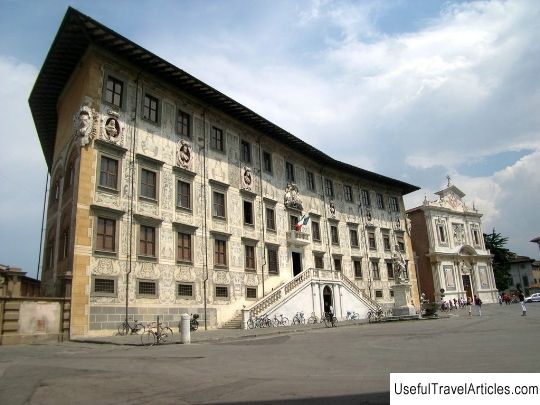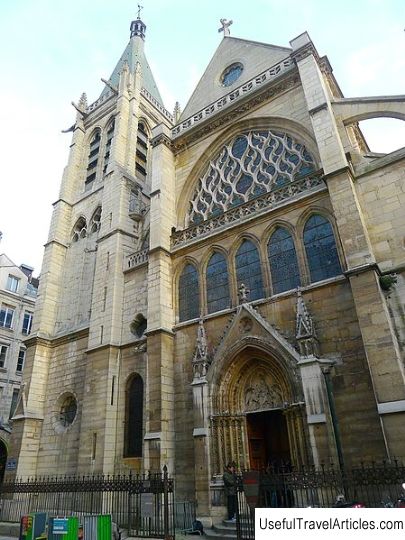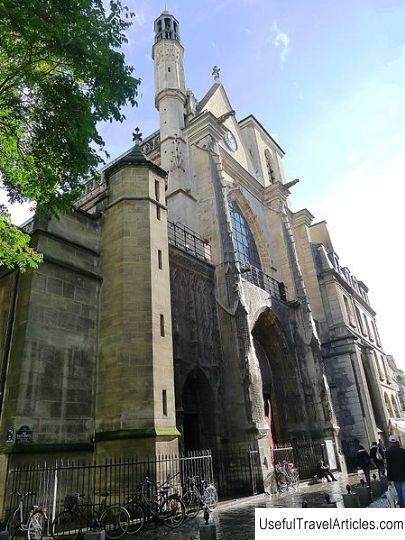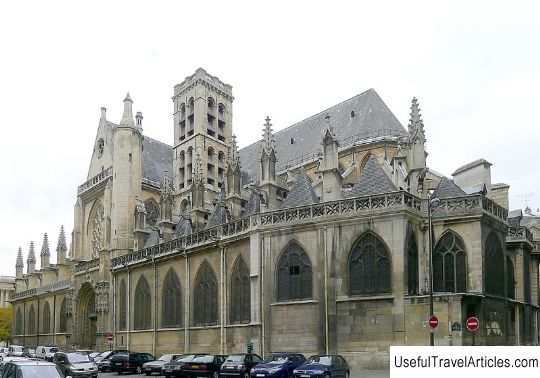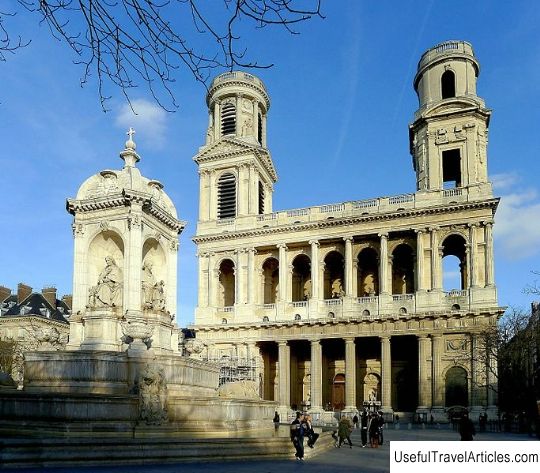Church of Saint-Medard (Eglise Saint-Medard) description and photos - France: Paris
Rating: 8,2/10 (354 votes) 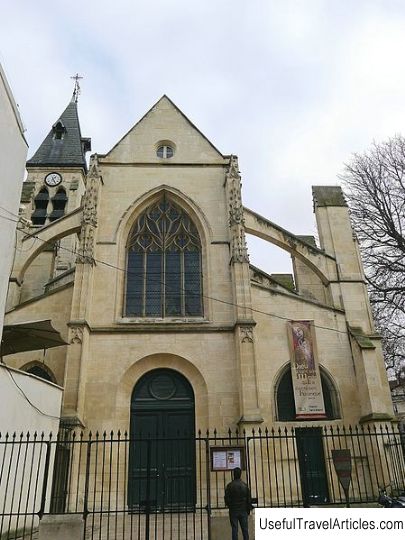
Church of Saint-Medard (Eglise Saint-Medard) description and photos - France: Paris. Detailed information about the attraction. Description, photographs and a map showing the nearest significant objects. The title in English is Eglise Saint-Medard. Photo and descriptionThe Saint-Medard church, the only medieval church in the Saint-Marseille quarter, was built on the site of the Saint-Medard chapel that existed here in the 9th century. The chapel was named after Saint Medard, bishop of Nuayon during the time of King Clotar I. As follows from the chronicles, the bishop was a strong and independent man: in about 550 he ordained deaconess the Frankish queen Radegund, who fled from her unloved husband, Clotar. Over time, the first Parisian bishopric was built on the site of the chapel, destroyed by the Vikings in the 7th century. The bull of Pope Alexander III (1163) mentions the second church of Saint-Medard, built on the same site and included in the abbey of St. Genevieve. The building on the current street Muftar is already the third church dedicated to St. Medaru. The construction of the existing temple began in the 15th century - this process, interrupted by religious wars, continued until the 18th century. In 1561, the Huguenots burned down the church after clashing with Catholic parishioners. This fire signaled a half-century armed confrontation between Catholics and Protestants, the culmination of which was the Night of St. Bartholomew. In the second half of the 17th century, the Jansenists, adherents of the heretical doctrine condemned by the bull of Pope Innocent X (1653), took a fancy to the church. The Jansenists gradually degenerated into a sect with their own superstitions. In the cemetery of the Church of Saint-Medard, a prominent supporter of the doctrine, Deacon Francois Paris, is buried. The so-called convulsionists began to gather at his grave, experiencing ecstasy and believing that the hopelessly sick were being healed here. Having learned about this, King Louis XV ordered the cemetery to be locked up and all miracles at this place stopped. After that, the inscription “The King forbids God to work miracles here” appeared on the gate. The church is located on Rue Mouffetard - narrow, curved, preserved from the times of medieval Paris, not demolished by Baron Haussmann. Many houses on the street belong to the 17th century. Old trade signs still hang on them, by which the Parisians determined the address before Napoleon (it was the emperor who introduced the numbering of houses). Pascal, Descartes, Diderot, Emile Zola, Prosper Merimee lived here. A characteristic feature of the street is a huge street food market stretching right in front of the church with mountains of fruits and other food.       We also recommend reading Church of St. Paraskeva Friday description and photos - Bulgaria: Sofia Topic: Church of Saint-Medard (Eglise Saint-Medard) description and photos - France: Paris. |
